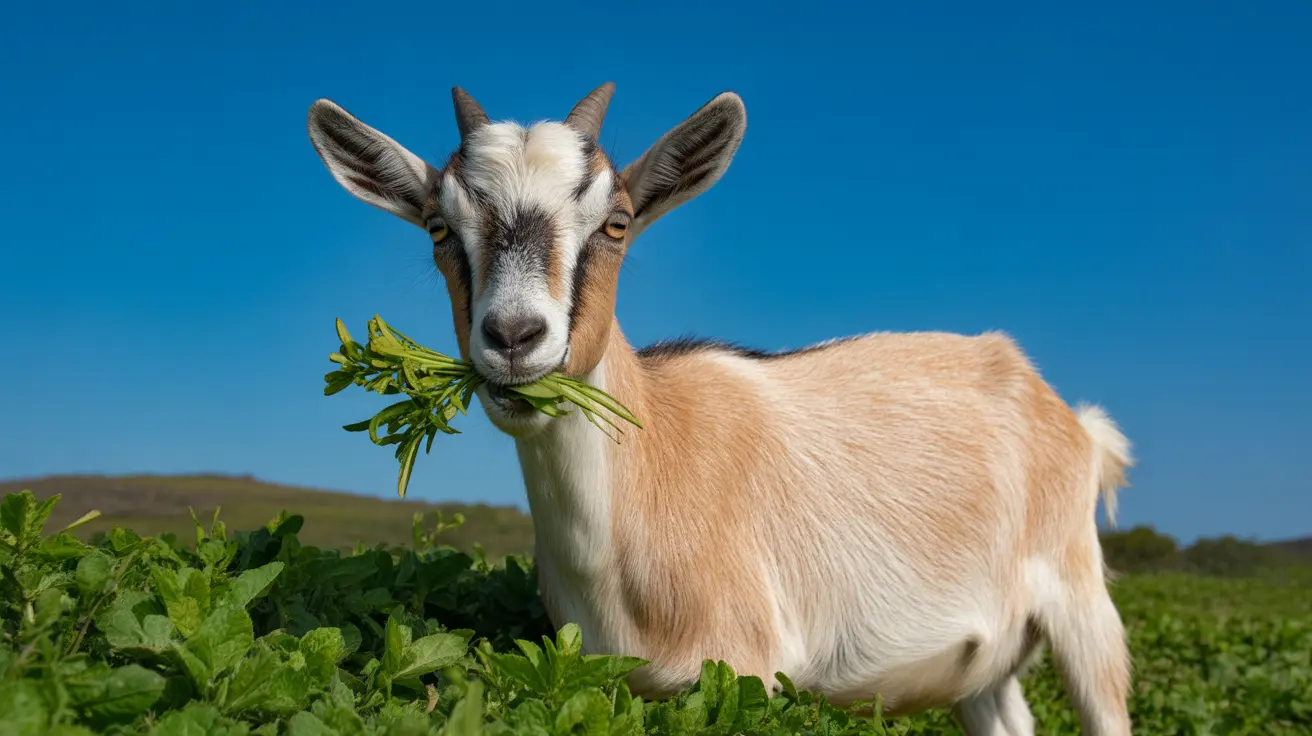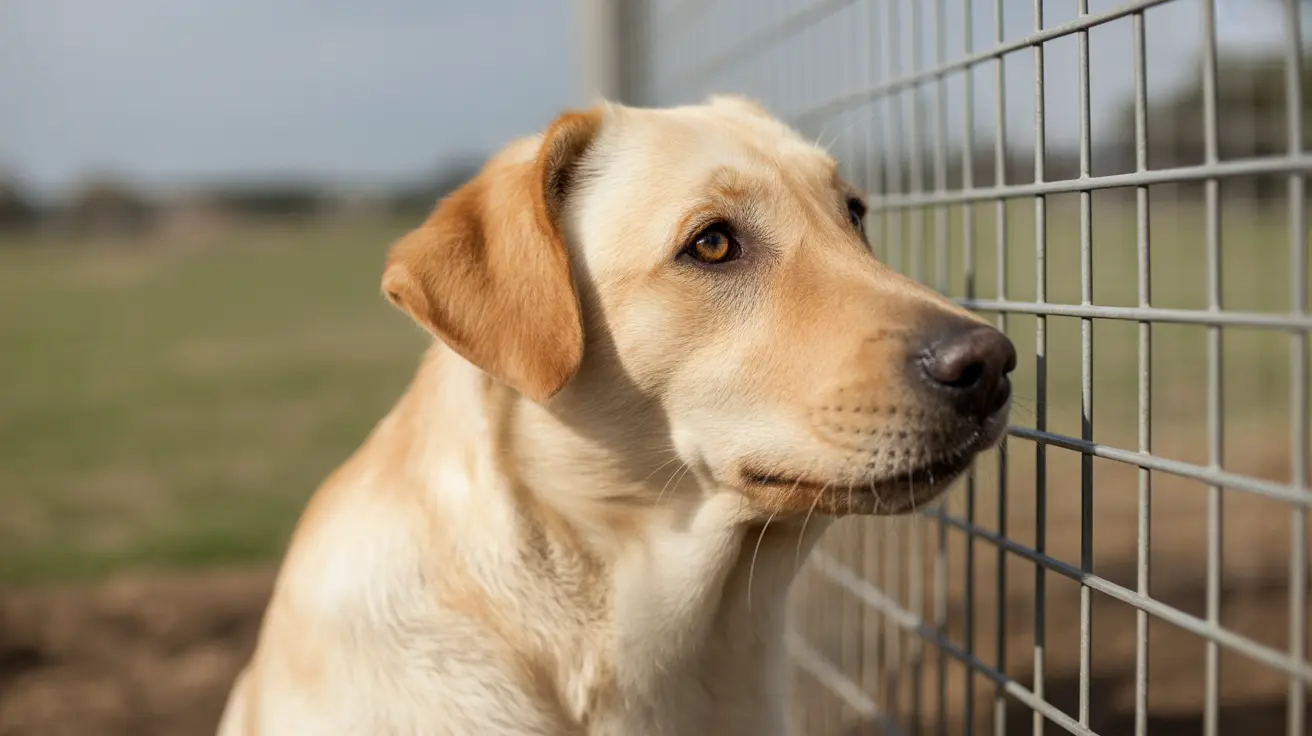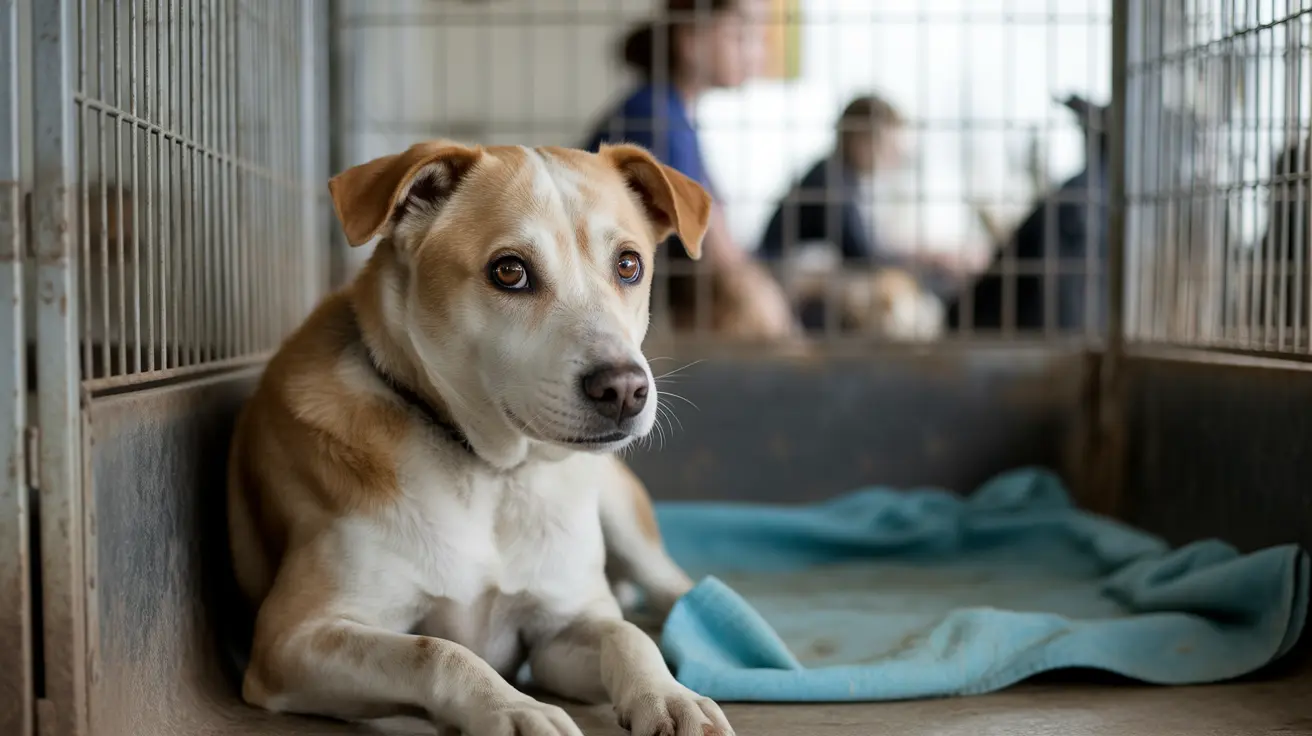Why Feeding Dogs Table Food Is Risky
Sharing your dinner with your dog might feel like a loving gesture, but it can actually put their health at risk. While those puppy eyes are hard to resist, giving in to the temptation of feeding table scraps can lead to serious consequences for your pet.
The Dangers Lurking in Table Food
Many common foods on our plates are not suitable for canine digestion. When dogs eat table scraps, they face several potential dangers:
- Pancreatitis: Fatty foods trigger this painful condition where the pancreas becomes inflamed. Symptoms include severe abdominal pain, vomiting, and diarrhea. In some cases, it can be fatal or require hospitalization.
- Gastrointestinal Upset: New or rich foods disrupt a dog's digestive balance. This leads to stomachaches, vomiting, diarrhea, loss of appetite, and lethargy. If these signs show up, immediate veterinary care is needed.
- Toxin Exposure: Some human foods are outright poisonous to dogs. Raisins, grapes, chocolate, xylitol (a sugar substitute), and onions can cause kidney failure, hypoglycemia, liver failure, or other life-threatening issues.
- Foreign Body Ingestion: Dogs might swallow bones or other non-food items hidden in leftovers. These objects can block the digestive tract and may require surgery or intensive treatment if not caught quickly.
- Bones and Splinters: Cooked poultry bones are especially dangerous because they splinter easily. Bone fragments can injure the mouth all the way through the intestines—and sometimes surgery is the only fix.
The Weighty Issue of Obesity
Treats from the table often contain more calories than you realize. Over time, this habit leads to weight gain and eventually obesity. Obese dogs face a higher risk for diabetes, heart disease, and even pancreatitis. Veterinary nutritionists recommend that treats make up no more than ten percent of a dog's daily calories—so those extra bites add up fast.
Behavioral Problems: Begging and Impulse Control
If you regularly slip your dog food from your plate, expect them to beg at mealtimes (and maybe even snatch food that falls on the floor). This learned behavior makes it harder to prevent them from eating something truly dangerous by accident.
What Can Dogs Safely Eat?
If you want to share snacks with your dog occasionally, stick with options known to be safe:
- Lean cooked meats (no skin or bones)
- Plain cooked vegetables like carrots or green beans (never onions or garlic)
- Plain pumpkin
- Scrambled eggs
- Plain yogurt
- Peanut butter (make sure it's free from xylitol)
No matter what you choose as a treat, consult your veterinarian before introducing new foods into your dog's diet—especially if your pet has underlying health conditions or allergies.
The Importance of a Balanced Diet
Your dog's main meals should come from commercial diets designed specifically for their species and life stage. These foods are formulated to provide complete nutrition without risking deficiencies or excesses that could harm their health. Table scraps simply can't match this level of balance—so don't rely on them as part of regular feeding.
If Your Dog Eats Something Unsafe
Mistakes happen—sometimes a curious pup grabs something they shouldn't have. If your dog ingests toxic food or unsafe items (like bones), contact your veterinarian or an animal poison control center right away. Early intervention can save lives when dealing with toxins or obstructions.
The Bottom Line: Skip the Table Scraps
The risks associated with feeding dogs from your plate far outweigh any momentary joy they might experience. Pancreatitis, digestive upset, toxicity, foreign body obstruction, bone injuries, obesity—the list goes on. Instead of sharing table food out of love, show affection by providing safe treats in moderation and sticking to a balanced diet tailored for canine health.





